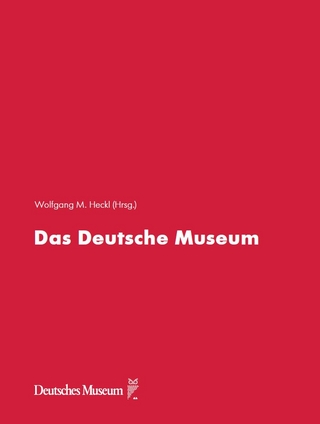
UnDoing Buildings
Routledge (Verlag)
978-1-138-22663-0 (ISBN)
UnDoing Buildings: Adaptive Reuse and Cultural Memory discusses one of the greatest challenges for twenty-first-century society: what is to be done with the huge stock of existing buildings that have outlived the function for which they were built? Their worth is well recognised and the importance of retaining them has been long debated, but if they are to be saved, what is to be done with these redundant buildings?
This book argues that remodelling is a healthy and environmentally friendly approach. Issues of heritage, conservation, sustainability and smartness are at the forefront of many discussions about architecture today and adaptive reuse offers the opportunity to reinforce the particular character of an area using up-to-date digital and construction techniques for a contemporary population. Issues of collective memory and identity combined with ideas of tradition, history and culture mean that it is possible to retain a sense of continuity with the past as a way of creating the future.
UnDoing Buildings: Adaptive Reuse and Cultural Memory has an international perspective and will be of interest to upper level students and professionals working on the fields of Interior Design, Interior Architecture, Architecture, Conservation, Urban Design and Development.
Sally Stone lives in the north of England. She has been designing, formulating ideas and writing about building reuse for 30 years. Sally is a Reader at the Manchester School of Architecture where she leads the Master of Architecture programme.
Table of Contents
Motivation
Foreword: Ed Hollis
Chapter 1: Introduction
Chapter 2: Reading and Recognition: Landmarks of Memory
Chapter 3: The Perception of the Past: The Task of the Translator
Chapter 4: Site Specific Art: Unintentional Monuments
Chapter 5: The Problem of Obsolete Buildings: A Society Can Only Support So Many Museums
Chapter 6: Memory and Anticipation: The Existing Building and the Expectations of the New Users
Chapter 7: Conservation: A Future Orientated Movement Focussing on the Past
Chapter 8: The Sustainable Adaptation of the Existing Building
Chapter 9: Spatial Agency or Taking Action
Chapter 10: Smartness and the Impact of the Digital
Chapter 11: On Taking Away
Chapter 12: On Making Additions: Assemblage, Memory and the Recovery of Wholeness
Chapter 13: Itinerant Elements
Chapter 14: Nearness and Thinking About Details
Further Reading
| Erscheinungsdatum | 28.06.2019 |
|---|---|
| Zusatzinfo | 5 Line drawings, black and white; 124 Halftones, black and white |
| Verlagsort | London |
| Sprache | englisch |
| Maße | 156 x 234 mm |
| Gewicht | 500 g |
| Themenwelt | Kunst / Musik / Theater |
| Reisen ► Reiseführer | |
| Geisteswissenschaften ► Geschichte ► Hilfswissenschaften | |
| Naturwissenschaften ► Biologie ► Ökologie / Naturschutz | |
| Naturwissenschaften ► Geowissenschaften ► Geografie / Kartografie | |
| Sozialwissenschaften | |
| Technik ► Bauwesen | |
| ISBN-10 | 1-138-22663-7 / 1138226637 |
| ISBN-13 | 978-1-138-22663-0 / 9781138226630 |
| Zustand | Neuware |
| Informationen gemäß Produktsicherheitsverordnung (GPSR) | |
| Haben Sie eine Frage zum Produkt? |
aus dem Bereich


